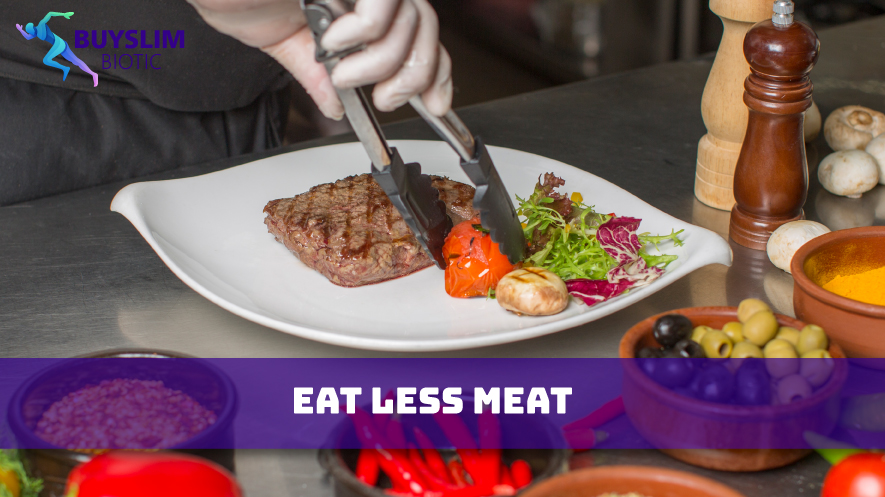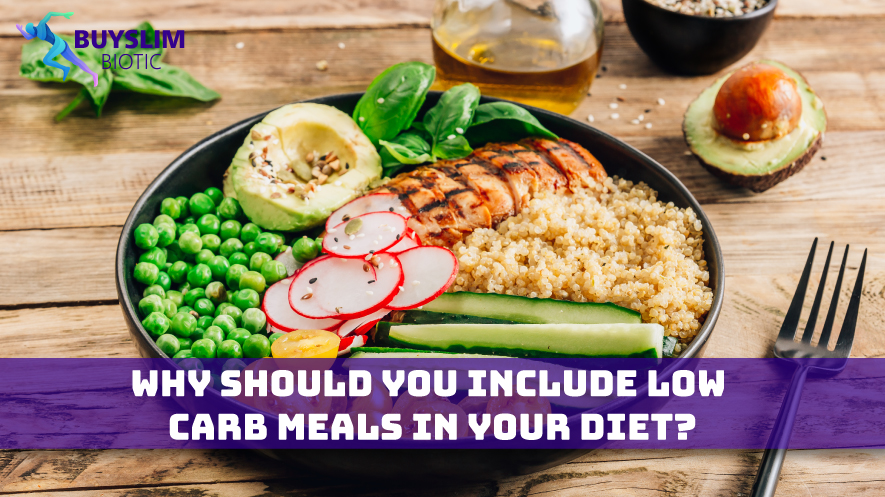Eating a heart-healthy diet is key to treating and preventing heart disease. Look for foods that are low in added sugar, salt, and saturated fat. Include fish (especially fatty fish like salmon or trout) and nuts, seeds, and avocados in your diet.
Also, eat more leafy greens, which are rich in nitrates that help relax and widen blood vessels.
1. Eat More Fruits and Vegetables
Eating more fruits and vegetables can help lower your risk of heart disease. Aim to get four or more servings a day, including whole fruits, veggies, and 100% juice. Avoid adding sugar to foods and beverages, as this can contribute to high blood cholesterol levels.
Try to bake, broil, steam or lightly stir fry foods instead of frying them, to reduce the amount of fat you consume. Cooking at home also allows you to control the amount of salt used in recipes.
Leafy green vegetables are a good source of calcium, potassium and vitamin K, which can all improve your heart health. Also, eat fish two or more times per week (especially salmon and trout) as it contains omega 3 fatty acids, which may help to lower your cholesterol levels. Legumes, such as beans and peas, are a healthy source of protein, too.

2. Eat More Whole Grains
The best way to lower a person’s risk for heart disease is to replace refined carbohydrates with nutrient-dense whole grains. Whole grains are rich in fiber and can reduce LDL cholesterol, triglycerides and blood sugar levels.
People should also consume a variety of legumes, nuts and seeds to add protein and healthy fats to the diet. Choose vegetable oils instead of butter, which is high in saturated fat.
Trying to create a heart healthy diet can be challenging, especially when eating out. Be sure to order items that are steamed, broiled or baked, and limit sauces and salty foods. When cooking at home, use spices and herbs to flavor food instead of salt. Choosing low-fat or non-fat dairy is another way to cut down on saturated fats. Try substituting full-fat dairy products with yogurt, cottage cheese and milk fortified with calcium.
3. Eat Less Meat
Eating less meat helps reduce your saturated fat intake, which can lead to a buildup of fatty deposits on the artery walls. This process, called atherosclerosis, increases your risk of heart attack and stroke. Try reducing the amount of meat you eat to two servings per week.
You can also swap out some of the meat you eat with lower-fat options like beans and legumes, tofu or whole grains. Just make sure the remaining meat you eat is lean and low in saturated fat.
It’s OK to enjoy a treat now and then but stick with healthy eating the majority of the time. This will help prevent weight gain and keep you on track with your health goals. It will also keep you from missing out on important nutrients. For example, potassium from fruits and vegetables can help lower your blood pressure.
4. Eat More Fish
Adding fish to your diet is a great way to increase your protein intake while also decreasing saturated fats and triglycerides. Try to eat fish such as salmon, trout or herring at least twice per week.
A heart-healthy diet includes lean meats, poultry, eggs, and plant-based proteins (such as beans, lentils, and tofu) while limiting red and processed meats and salt. Opt for lower-fat dairy, such as milk and yogurt.
Limiting added sugar to less than 10% of your total calories is also a good idea. Avoid foods with added sugar like fried and packaged meals and sugary desserts.
5. Eat More Nuts and Seeds
Eating more fruits and vegetables is a simple way to help prevent or manage heart disease, high blood pressure, cholesterol, and obesity. These low-calorie foods contain nutrients such as fiber, vitamins, and minerals and are a great replacement for higher-calorie foods like meat, cheese, and snack foods.
Nuts and seeds are also important heart-healthy food options. A small handful packs a punch of protein, healthy fats, and a range of other heart-healthy vitamins and minerals. Choose unsalted, raw nuts, and avoid roasted varieties that have added salt. If you suffer from peanuts or tree nuts allergies, try seeds like flaxseeds, chia seeds, or soybeans. They provide many of the same health benefits but can be enjoyed without the risk of an allergic reaction. Aim for 2-3 servings per week.
6. Eat More Healthy Fats
A healthy diet with heart-healthy fats can help lower cholesterol and reduce your risk for high blood pressure. Try to limit saturated and trans fats, but eat more monounsaturated and polyunsaturated fats (like olive oil, canola oil, avocados, nuts, and seeds) and omega-3 fatty acids from fish and flax seeds.
Remember that all fats are high in calories, so choose the healthier unsaturated fats if possible. Also, be sure to trim the fat off meat and poultry, and use lower-fat margarines and spreads.
To make your salad dressing, try mixing two parts oil with one part vinegar or citrus juice and adding minced garlic, parsley, or fresh herbs for flavor. Lastly, buy low-sodium seasoning blends to keep salt intake low when cooking, or add black pepper, cayenne pepper, and other spices to meals for a bit of flavor without the added sodium.
7. Eat Less Added Sugar
A heart-healthy diet limits added sugars, which increase your LDL cholesterol and triglycerides and can lead to obesity and high blood pressure. It also includes healthy fats (monounsaturated and polyunsaturated) that can help lower your triglycerides.
A healthy eating pattern should include lean proteins, whole grains, non-fat dairy, vegetables and fruits, nuts, seeds, and beans. It should limit sodium (salt), saturated fat, and added sugars.
Look at the Nutrition Facts Label on foods and beverages to determine the amount of added sugar in them. This includes granulated sugar, maple syrup, honey, and other sweeteners, as well as naturally occurring sugars found in milk and fruit. Limiting alcohol is also a good way to reduce your calorie intake. The recommended limit is one drink per day for women and two drinks per day for men.
8. Eat More Whole Grains
A healthy dietary pattern should include more whole grains and less refined grain products. Whole grains are high in fiber and contain important vitamins and minerals. A diet rich in whole grains helps to lower cholesterol, blood pressure, and risk of heart disease.
Choose oats for their heart-healthy beta-glucan content, or try other whole grains, such as brown rice, barley, or quinoa. Also, opt for bread made with a higher proportion of whole grain than refined.
Avoid high-calorie foods and beverages such as red meats, processed meats (like hot dogs or salami), salty snack foods, cookies, and baked goods. Instead, eat more vegetables, fruits, and low-fat dairy foods. Try using herbs and spices to add flavor instead of salt. When eating out, select steamed or broiled foods and choose salads with light dressing. Limit your alcohol intake to 1-2 drinks per day.
9. Eat More Vegetables
Adding more vegetables and other plant-based foods to your diet can help improve cholesterol, blood pressure, and weight. Vegetables contain dietary fiber, which helps lower cholesterol and control blood sugar. Eating more vegetables also helps you to eat fewer foods high in saturated and trans fats, sodium, and added sugars.
You don’t need to cut out sugar completely from your diet, but reducing sugary drinks and snacks can help reduce heart disease risk. Opt for unsweetened milk, yogurt, and cheese instead of full-fat versions, or choose low-fat options.
Include more plant-based proteins, such as beans (baked, canned, dried) and lentils, as well as nuts and seeds. Replace meat with fish – salmon, mackerel, and trout contain omega-3 fatty acids, which can decrease abnormal heart rhythms (AFib). Try herbs and spices like black pepper, red pepper flakes, and cayenne to add flavor to meals without adding sodium.
10. Eat Less Meat
Eating less meat can have big benefits for heart health. Swapping red meat for a few meals a week with plant-based proteins like beans lentils or fish can help reduce cholesterol, blood pressure, and body weight. It’s also better for the environment.
Try to limit saturated fat to under 10% of your daily calories. Look for monounsaturated and polyunsaturated fats in foods such as avocado, nuts, olive oil, seeds, and fatty fish. Choose low-fat dairy and cut down on sugary beverages, such as fruit juices or soda. Limit salt too. Too much salt can raise blood pressure, which increases your risk of heart disease and stroke. Read food labels carefully to identify added salt and sodium. Reduce salt intake by choosing steamed, broiled or baked instead of fried foods and adding herbs and spices for flavor.





